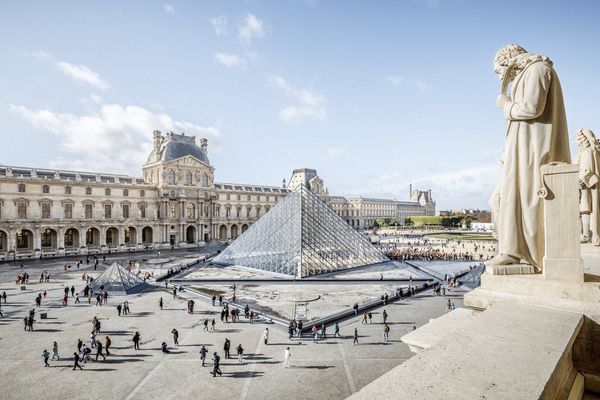
Geoscientists recently made a groundbreaking discovery by confirming the existence of a continent that had remained hidden for nearly 375 years. This continent, known as Zealandia or Te Riu-a-Maui in the Maori language, spans an impressive 1.89 million square miles. Zealandia was once part of the supercontinent Gondwana, which also included significant portions of Western Antarctica and Eastern Australia over 500 million years ago.
The first mention of Zealandia dates back to 1642 when Dutch sailor Abel Tasman embarked on a quest to find the elusive 'Great Southern Continent'. Although Tasman did not stumble upon the new land, he encountered the local Maori population who shared valuable insights about the surrounding geography, hinting at the presence of a substantial landmass to the east.
It wasn't until 2017 that geologists finally confirmed the existence of Zealandia, a continent that had been submerged beneath the ocean's surface. Scientists are still unraveling the mysteries behind Zealandia's separation from Gondwana, a process that remains under investigation.
The discovery of Zealandia serves as a testament to the complexities of Earth's geological history. The Zealand Crown Research Institute GNS Science has used Zealandia as a prime example of how seemingly obvious features can evade detection for centuries. The continent's slow separation from Gondwana has intrigued researchers, shedding light on the dynamic processes that shape our planet.
Remarkably, Zealandia stands out for its unique status as a continent with only three territories, unlike other continents that host multiple countries. This revelation has sparked curiosity and further exploration into the geological significance of Zealandia and its role in Earth's evolutionary timeline.







